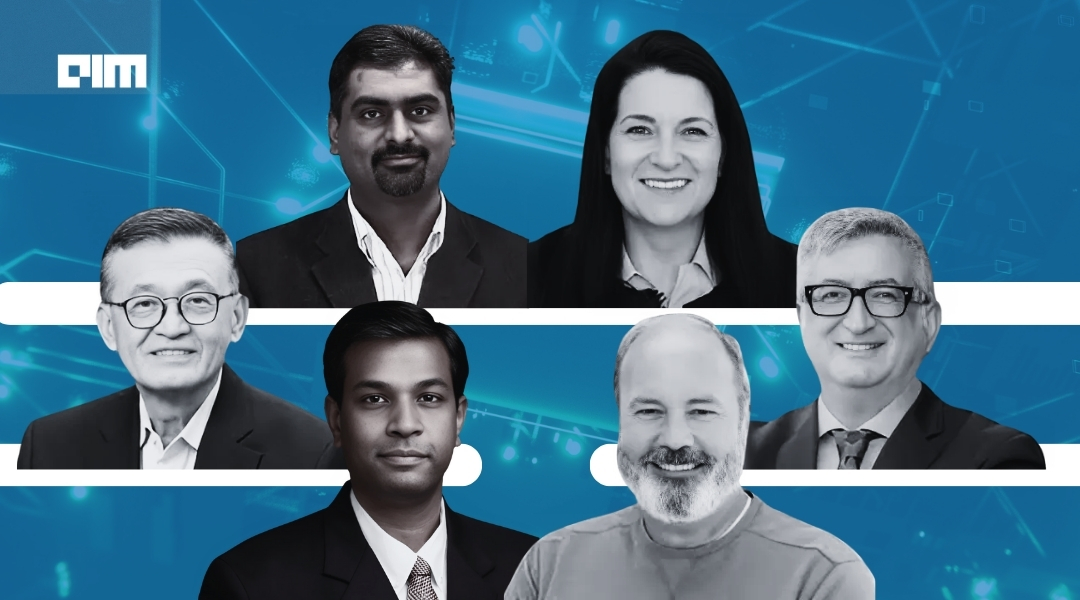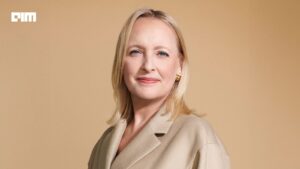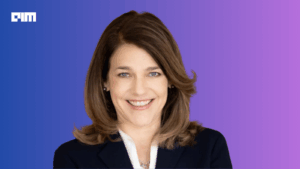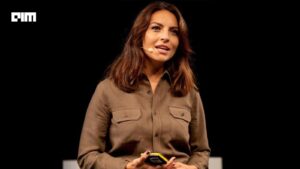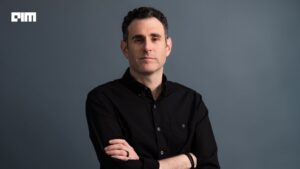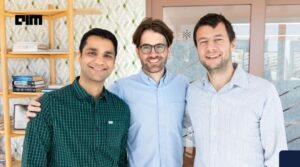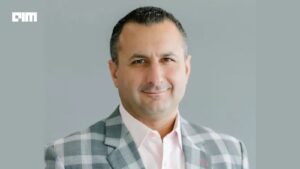Intel announced a major executive overhaul under CEO Lip-Bu Tan, who assumed the helm in March. Michelle Johnston Holthaus will step down as CEO of Intel Products after more than thirty years with the company and will remain on as a strategic advisor for a transitional period.
At the same time Intel is creating a Central Engineering Group led by Srinivasan “Srini” Iyengar, a Senior Vice President and Fellow who joined the company in June from Cadence Design Systems. In his expanded brief, Iyengar will oversee horizontal engineering functions and build a custom silicon business serving external clients.
Other shifts include:
- Kevork Kechichian – joining as EVP and GM of Intel’s Data Center Group
- Jim Johnson – taking on the general manager role for Client Computing
- Naga Chandrasekaran – expanding his responsibilities to include Foundry Services alongside his CTO and COO roles at Intel Foundry
Tan frames the moves as central to improving execution and aligning innovation more tightly with customer needs. “With Srini leading Central Engineering we’re aligning innovation and execution more tightly in service to customers,” he said. “We are laser-focused on delivering world-class products and empowering our engineering teams to move faster and execute with excellence.”
Engineering at the centre
The creation of the Central Engineering Group emphasizes a modification toward an engineering-driven structure. Rather than keeping custom silicon work siloed within divisions, Intel is pulling core engineering talent into a central group reporting directly to Tan.
Iyengar’s role combines both technical leadership and business development. His task is to build a custom silicon business for external customers, a function that directly connects with Intel’s foundry efforts.
Under this model, Intel aims for a horizontally integrated central engineering core that can reduce duplication across product lines, speed decision-making, and bring greater coherence to product execution. Tan’s previously stated ambition to “give more power to Intel’s engineers” now ties directly into a formal structure that centralises engineering accountability.
Tan has made clear in earlier statements that customer feedback and agility are top priorities. In his first address as CEO, he told Intel customers to “be brutally honest with us,” and pledged to eliminate slow middle-management layers holding up innovation.
In practical terms, this means new engineering hires from companies like Cadence and external hires into critical product groups. It also means flattening the hierarchy so key engineering and product leaders report directly to Tan.
Custom silicon and data centre integration
Intel’s leadership changes are closely connected with its ambitions in custom silicon and data centre products. Bringing Kevork Kechichian on board to run the Data Center Group adds fresh direction to an area that remains core to Intel’s growth.
At the same time the expanded foundry remit for Naga Chandrasekaran aims to create continuity between process development, manufacturing, and go-to-market service functions. Chandrasekaran already oversees Intel Foundry’s technology development and operations functions. Now, through a more integrated structure, the company is aiming to better serve customers who demand turnkey silicon services.
The custom silicon unit under Srini Iyengar can work closely with both the data centre group and the foundry services arm to deliver chips tailored to hyperscalers, enterprises or other external partners. If execution is strong this could blur the line between Intel’s internal product roadmap and external client chip delivery.

